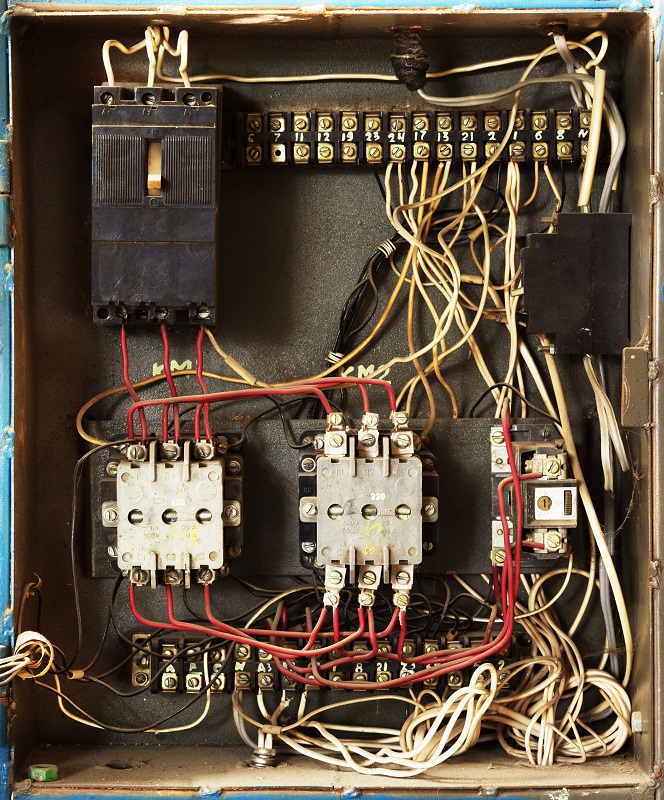
Electrical Wiring and Knob and Tube Replacement
Knob & Tube Replacement Services
Residential Electrical Wiring/Knob and Tube Replacement
Replacing residential electrical wiring, whether you are just upgrading or need to do a knob and tube replacement, is a pretty major project since the walls have to be opened up to install the new materials. When possible, the best time to replace wiring is when renovations are being done that require wall repair as well; you would get two jobs done but only have to pay for wall repair once.
There are several reasons for replacing the wiring in a residence.
Simple Wiring Upgrade
Our electrical usage is higher than ever. In addition to heating and cooling units, refrigerators, ovens, and lights, we now have multiple computers, televisions and devices that need to be charged. The wiring in many houses is not optimal for the amount of electrical usage. In order to protect your devices from damage that could occur from current drops, and to provide yourself with the current you need to power your home devices, you should consider a wiring upgrade. If you choose to replace your electrical wiring, plan for future growth as well and allow for more amperage than is currently required.
Replacement of Old or Faulty Residential Wiring
Wiring that is causing power drops, hot appliances, sizzling sounds, or sparking needs to be replaced. Turn off the current and call an electrician as soon as possible.
Knob and Tube Replacement
Knob and tube wiring was installed in homes from the 1880s to the 1940s. A system of insulated wiring was strung around porcelain knobs. The wire mostly went through unobstructed areas, but when it had to go through wood, it was protected by a porcelain tube. The system was good for the time, but it had no grounding wire and it relied upon the “open air” to release heat. Many homes today have insulation that creates a fire hazard. Added to the risk created by having no grounding wire and possible degradation of the wires, the system is best replaced by more modern wiring accompanied by GFCI outlets.
Breaker/Fuse Replacement
Circuit breaker panels have individual breakers or fuses inside of the main panel/branch panels. When a circuit breaker is tripped, typically you can just reset the breaker with no need for replacement. Sometimes the circuit breakers get worn out over time and have to be replaced for the safety of the home or building. This procedure is relatively simple, but the best practice is to call a professional who is very familiar with circuits since wires will need to be disconnected and reconnected.
Like a circuit breaker, a fuse is intended to stop electrical flow to avoid equipment damage and electrical fires. While a breaker “trips” and can easily be reset, a fuse operates by melting the filament when too much amperage is flowing, such as in a power surge. Once the filament is melted, the fuse must be replaced. Finding the blown fuse and replacing it with a new one of the same amperage is a pretty simple procedure that can be done by a homeowner. If you are concerned about safety, call an electrician.
Dimmer/Switch Replacement
Dimmer switches can add ambiance to a room or make it more versatile for casual relaxing use. Fluorescent bulbs are usually unable to accommodate dimmer switches. In addition, if you have low voltage lighting, you will need a special switch. Most switches can handle 600 watts, so be sure to calculate how much wattage the switch will be controlling. If you are unsure about your ability to replace a switch safely, call a professional electrician.
Prime Electrical’s specialists have over 30 years of experience helping people with their electrical service needs, like circuit breaker/knob and tube replacement, electrical wiring upgrades and general electrical troubleshooting. For more information or a quote about electrical wiring replacement contact us or call 610-994-0290 today.